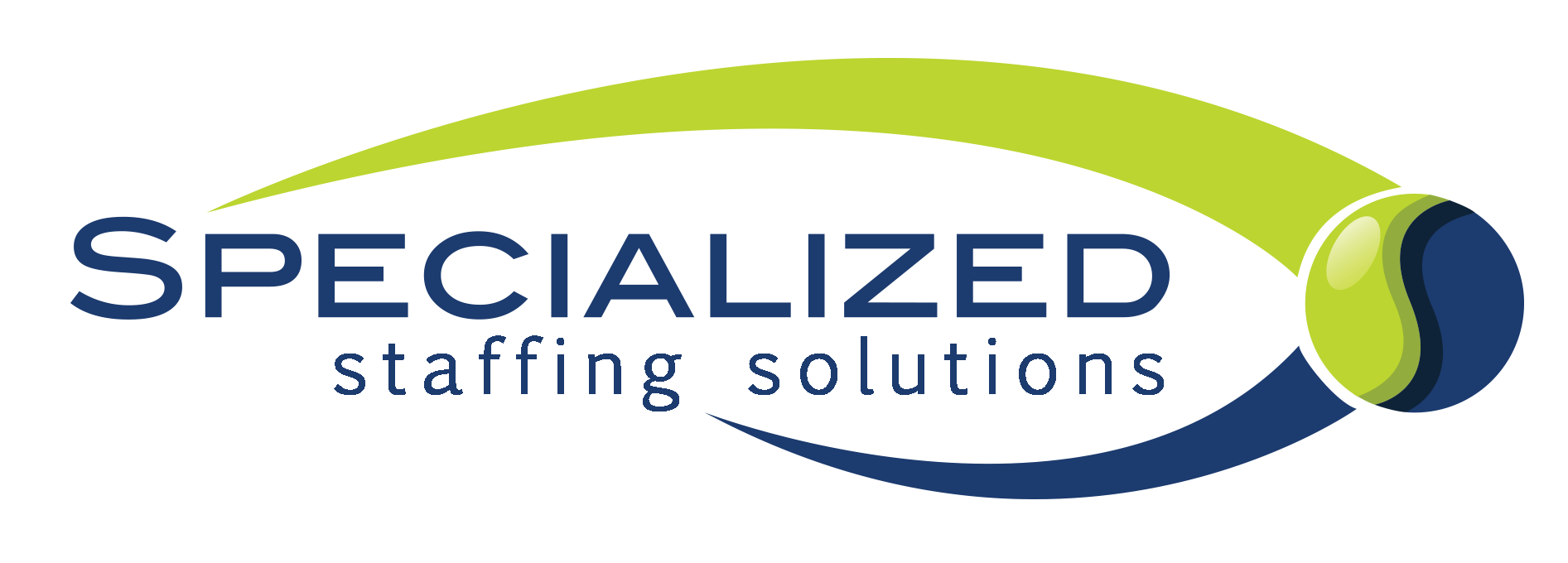Companies face a myriad of challenges that can impact their success, longevity, and employee retention. One of the critical aspects often overlooked is the management of risks associated with human resources—and how that both impacts company culture and retention.
There is not a day that goes by that we don’t receive a call from a client who is dealing with a difficult compliance-related issue. In this blog post, we’ll delve into the importance of mitigating risk through effective workers’ compensation management, prioritizing workplace safety, unemployment management, documenting progressive discipline, establishing defined, written policies and procedures, and streamlining Human Resources processes.

Workers’ Compensation Management: Shielding Your Workforce
Workplace accidents and injuries can have far-reaching consequences, affecting both the employee and the employer. Frankly, employees don’t want to work in an environment where their health, safety, and well-being is not a priority. Implementing a robust workers’ compensation management program is a strategic move to protect your workforce and your bottom line. A well-documented, root-cause-based workers’ compensation process not only aids in employee recovery, but also fosters a culture of trust within the organization.
Prioritizing Workplace Safety: A Proactive Approach
Prevention is always better than cure, and this adage holds true in the corporate world as well. By prioritizing workplace safety, organizations can significantly reduce the likelihood of accidents and injuries—which ultimately achieves the primary goal: putting employees first. Regular safety training, hazard assessments, and the implementation of safety protocols create a secure environment, fostering a sense of well-being among employees, and minimizing the potential for legal complications. It’s much better to be in a mindset of seeking out potential hazards before they ever become critical problems.
Unemployment Management: Navigating Transitions Responsibly
Employee turnover is an inevitable part of any business. However, effective unemployment management can help mitigate the impact on both departing employees and those who remain. When it comes to unemployment management, the best thing you can do is DOCUMENT, DOCUMENT, DOCUMENT. The better you get at clear communication, understanding the intricacies of unemployment claims, and implementing fair and consistent termination procedures the better you position yourself to minimize legal risks and maintain a positive employer brand.
Documenting Progressive Discipline: A Fair and Transparent Approach
Disciplinary actions are a delicate matter that requires careful handling. By documenting progressive discipline, organizations can establish a fair and transparent process for addressing performance issues. This not only protects the company from potential legal disputes but also provides a clear roadmap for employees to improve, fostering a culture of accountability and continuous improvement.
Defined, Written Policies and Procedures: The Foundation of Compliance
Clear expectations are the cornerstone of a well-functioning organization. Having defined, written policies and procedures ensures that everyone in the company understands the rules of engagement. This not only facilitates compliance with legal regulations but also sets the tone for a structured and fair working environment, reducing the likelihood of misunderstandings and disputes.
Streamlining Human Resources Processes: Efficiency and Compliance Hand-in-Hand
A well-organized Human Resources department is the backbone of effective risk management. Streamlining HR processes, from recruitment to termination, ensures that every step is in line with legal requirements and company policies. This not only minimizes the risk of errors and oversights but also enhances the overall efficiency of the organization.
In the intricate dance of business operations, risk mitigation through effective workers’ compensation management, workplace safety, unemployment management, documented progressive discipline, defined policies and procedures, and streamlined HR processes is not just a choice; it’s a strategic imperative. As companies navigate the complexities of the modern workplace, investing in these aspects is an investment in the long-term success, resilience, and sustainability of the organization. Many organizations look to outside resources, like Specialized Staffing, to aid in this daunting task when employees present their highest level of risk—within their first 90 days of employment.
